Here come the newbies…not the Z traveller nor the much-touted urban Indian traveller on the go. This is the time of the pop-a-thrill Indian traveller says new research by Today’s Traveller.
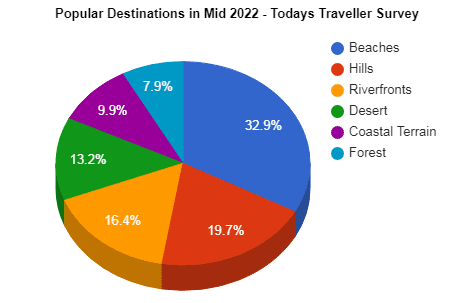
-Today’s Traveller Research
The research by Today’s Traveller found that a sizeable portion of the post-Covid domestic travel market, driven by Indian leisure travellers, comprises a new breed of travellers that cut a swathe of an unlikely and surprising set of preferences and patterns of consumption.
Today’s Traveller research found that Indian domestic leisure travellers prefer destinations or accommodations to be lesser-known, smaller in size, and flexible to change which allows them to let down their hair, break the norms and remain free from restrictions of what’s done and what’s not done. These emerging patterns in newfound areas and destinations are as speedily responded to by the travel and hospitality industries as they surface.
Revenge travel is not what most people make it out to be. In India, it doesn’t mean more travel because you could not travel due to Covid in the last 2 years. Revenge travel is travel with a vengeance… a stress buster form of travel that takes irresponsible shapes by otherwise responsible people.
Massive amounts of stress of various kinds and continuing uncertainty about the future has a grip on the mind of large chunks of India’s communities. To break this hold, and to live for the moment translates into wild recreation where consumption of liquor and food at all-night holiday bashes at nearby or distant destinations take place.
So as reported in national media, there are vehicles in Ladakh’s pristine lakes and Goan beaches not to mention litter on mountains, hills, and old forts.
Today’s Traveller report suggests that destinations with beaches, forests, hills, river fronts, desert and coastal terrain affording scenic short drives are in demand.
Rivers, pools, canals, lakes, beaches, waterfalls, and water bodies of every kind are popular holiday props where travellers simply sit half-clothed or take a dip or swim with music and intake various forms of highs.
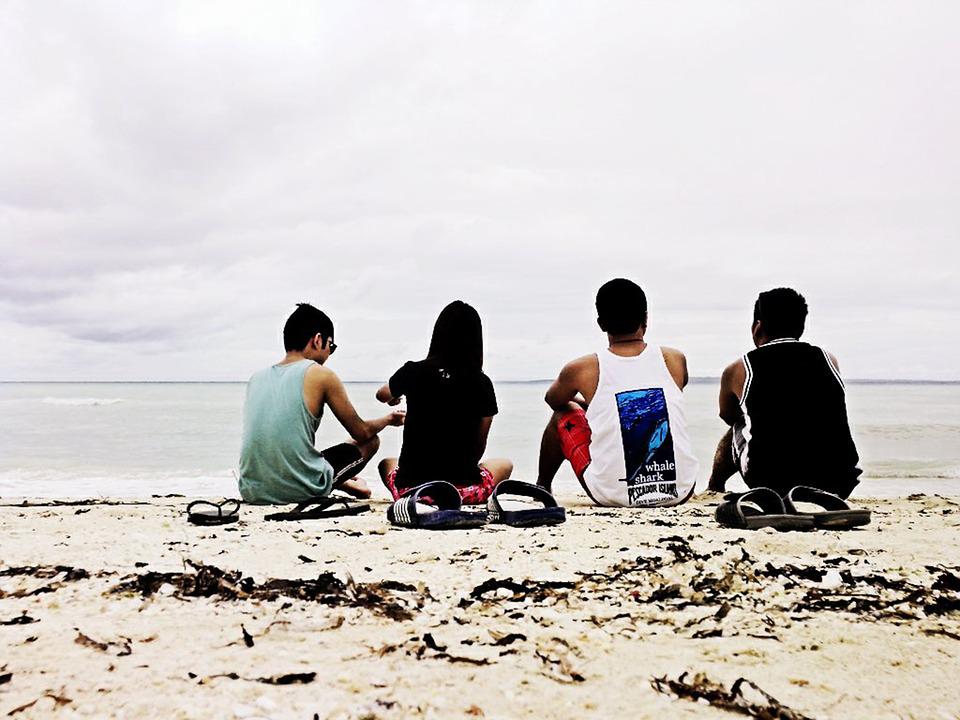
These short holiday bursts of 2-3 nights are peppered with adventure activities big or small, fuelled by an appetite to show the world how much fun can be squeezed from a vacation.
Social media comes into play as group shots of wild celebrations or selfies at dangerous elevations and live streaming of sporting adventures to show off attempts at bungee jumping, river rafting, mountaineering, speed boating etc hit the button.
Camping out is not always a hiking activity. It’s a form of group travel in less crowded or remote locations where after moderate physical sports groups settle in with a drink and food binging without inhibitions and without fear of authority repercussions.
The research found that group travel comprises all male or all female groups, as well as groups of like-minded families or friends that form packs of voracious travellers that seek the thrill of an overdone, overnight break consisting of wild activities that are shared and consumed on social media by other seekers of ‘break the normal’ travel.
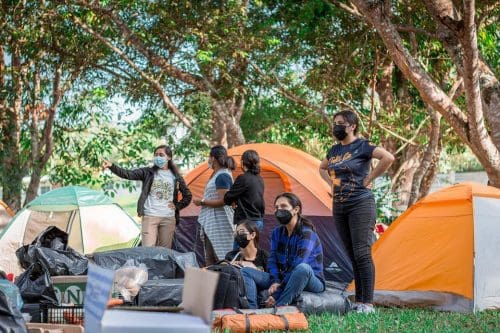
Age groups vary from 18 to 30s… with the single intent to let go and live for the moment.
Gorging on food is an intrinsic part of this travel movement and money is spent liberally on food and drink. Food from dhabas or roadside vendors, beach shacks and local food joints, fried snacks and fast foods and a heavy intake of buffet meals at hotels is the norm.
On a humorous note, there is an imaginative class of Maggie travellers who stop at remote single stool shacks to eat any concoction of Maggie noodles on offer…Maggie burgers, steaming plates of plain noodles, egg Maggie, veg Maggie, chicken Maggie etc.
Tier 2 and Tier 3 cities as well as techies and professionals from Tier 1 cities are the major source markets driving domestic leisure travel in mid-2022. On their part, the suppliers – destinations, hotels, motels, resorts, tented accommodations and camps, roadside facilities, on-hire jeeps, scooters, bikes and group vehicles are geared to cater to these travellers and facilitate any request as a matter of course.
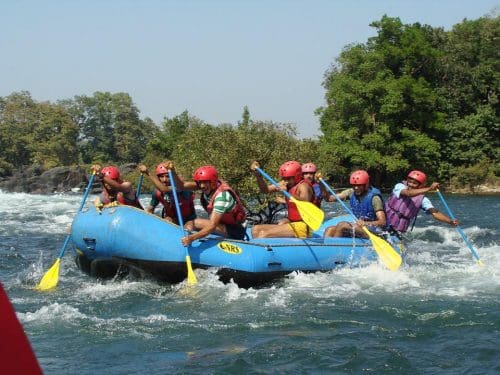
Today’s Traveller research found that these types of domestic travellers are considered generous revenue donors that fill every kind of big and small pocket of the many businesses that survive and thrive on tourism as hordes of these travellers descend, devour and return leaving behind garbage, pollution and destruction.
They are more than welcome by the providers and suppliers of travel, tourism, food and hospitality as per the research. Livelihoods are supported. New hamlets, new destinations, new activities, new food outlets, new travel circuits, new accommodation, new transport requests and adventure opportunities are created as pop-a-thrill seekers push the envelope of what can be done during a 2-3 night trip across the country.
Other surveys on domestic travel and a profile of the Indian traveller
Taking a step back in time to gain a perspective, in 2020, over 610 million domestic tourist visits were made across India, according to Statista, which suggests the usage of online platforms for posting travel pictures and sharing useful information on the cheapest travel and budget hotels as well as the places they visited helped destinations to trend. Statista also observes that there has been a paradigm shift in the concept of domestic tourism with the growing middle class and its disposable income.
A survey by Booking.com shared a survey that showed that more than 67% of travel between 1 June and 31 August 2020 was within the country. Besides, the pandemic has had “seismic” shifts in travel behaviour and destination choices although many are now choosing to do their leisure travel domestically in remote locations, Booking.com said in its study.
When it comes to accommodation choices, Indian travellers have mostly opted for motels in 2020, followed by other options such as independent villas, hotels, and lodges. Searches witnessed by Booking.com have indicated that beach and hill destinations are going to be preferred by travellers in the country.
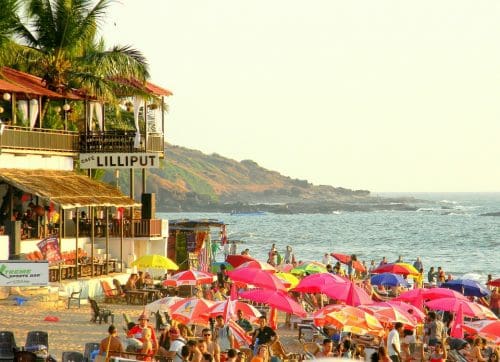
Agoda’s Travel Survey pointed out that in 2022, after months of start-stop travel restrictions the travel and hospitality industry has to be agile to capture pent-up domestic travel demand. The survey reveals that 68% of Indians plan to travel domestically in 2022 and that quick and easy getaway in the city or along the coast provide the spontaneity that people are looking for post-lockdown.
According to a new report by American Express Travel in 2022, about 93% of Indians plan to spend more or the same on travel compared to a typical pre-pandemic year and 96% said they like would to eat and shop at local businesses to support the local economy,
Read More: Latest



